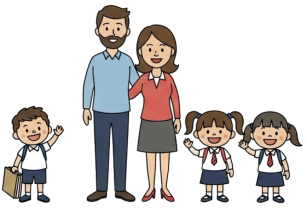
Question More, Action Knowledge.
Remember, at QMAK, we don’t just teach; we empower. We don’t just inform; we inspire. We don’t just question; we act. Become a Gold Member, and let’s unlock your child’s full potential, one question at a time.
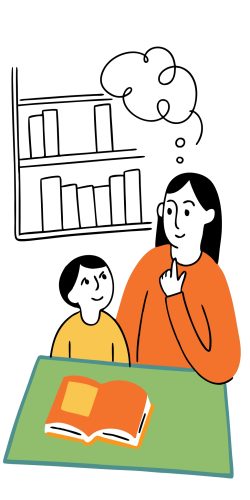
The ability to question, analyze, and form independent judgments enables children to evaluate collective beliefs and choose consciously whether to adopt, adapt, or reject them, developing their own authentic perspective.
Encouraging open discussions about various topics, asking children what they think and feel, and encouraging them to ask questions and express their opinions fosters critical thinking and reflective consciousness, enabling them to form their own views rather than conforming to collective norms.
For children as young as 7, developing critical thinking involves moving beyond accepting information at face value to asking questions, considering alternatives, and forming their own conclusions.
This emerging capacity for independent thought allows children to evaluate ideas they encounter and develop a reflective consciousness that distinguishes their thinking from collective assumptions.
Purpose: To use narratives as a springboard for critical thinking, helping children analyze storylines, character motivations, and ethical dilemmas, developing their ability to reflect on content rather than passively consuming it.

Choose material that stimulates reflection:
Develop approaches for thoughtful conversation:
Guide deeper thinking about narrative elements:
Create activities that deepen analysis:
Develop habits of thoughtful reading:
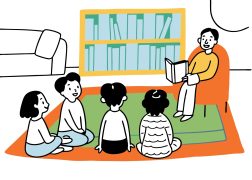
Purpose: To develop hypothetical thinking, scenario analysis, and creative problem-solving skills that help children consider alternatives to given situations and recognize multiple possibilities.
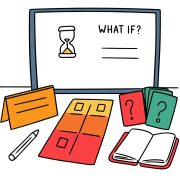
Develop thought-provoking hypotheticals:
Guide children to explore broadly:
Move beyond initial responses:
Create varied engagement approaches:
Develop ongoing capacity for possibility thinking:
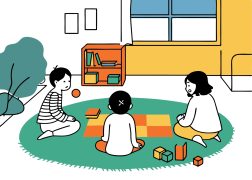
Purpose: To develop the ability to articulate thoughts clearly, consider multiple perspectives, evaluate different viewpoints, and form reasoned positions—skills that support independent thinking rather than uncritical acceptance of others’ views.
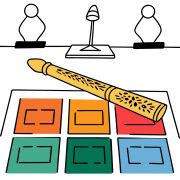
Establish healthy debate foundations:
Develop foundational abilities:
Guide meaningful exchanges:
Deepen analytical abilities:
Support growing autonomous thinking:
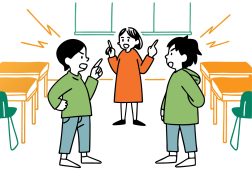
Purpose: To develop analytical thinking, solution generation, evaluation skills, and reflective processing that help children approach problems methodically rather than impulsively or by simply following others.
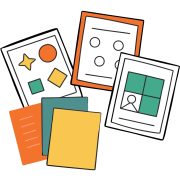
Establish foundational thinking processes:
Help children understand problems deeply:
Support diverse thinking approaches:
Develop thoughtful decision-making:
Expand thinking to different contexts:
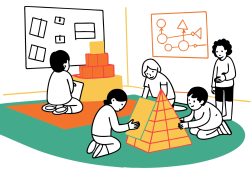
Purpose: To develop information literacy, inquiry skills, and evidence-based thinking that help children learn to seek knowledge directly rather than simply accepting what they’re told.
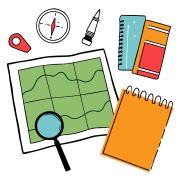
Develop the foundation for research motivation:
Structure meaningful inquiry experiences:
Guide effective research processes:
Develop analytical research skills:
Complete the inquiry cycle:

These critical thinking and reflective consciousness activities help children develop:

Remember that developing critical thinking is an ongoing process that involves both specific skills and an overall mindset of thoughtful questioning. The goal is to help your child develop the habit of conscious reflection on what they encounter rather than automatic acceptance of collective thinking—creating a foundation for authentic, self-directed thought throughout life.
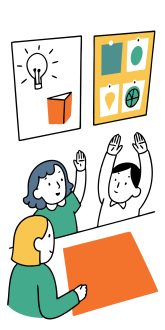
Building critical thinking and reflective consciousness helps children develop confidence in their own reasoning abilities and perspectives, allowing them to navigate collective beliefs and social pressures with greater autonomy and authenticity.

Remember, at QMAK, we don’t just teach; we empower. We don’t just inform; we inspire. We don’t just question; we act. Become a Gold Member, and let’s unlock your child’s full potential, one question at a time.